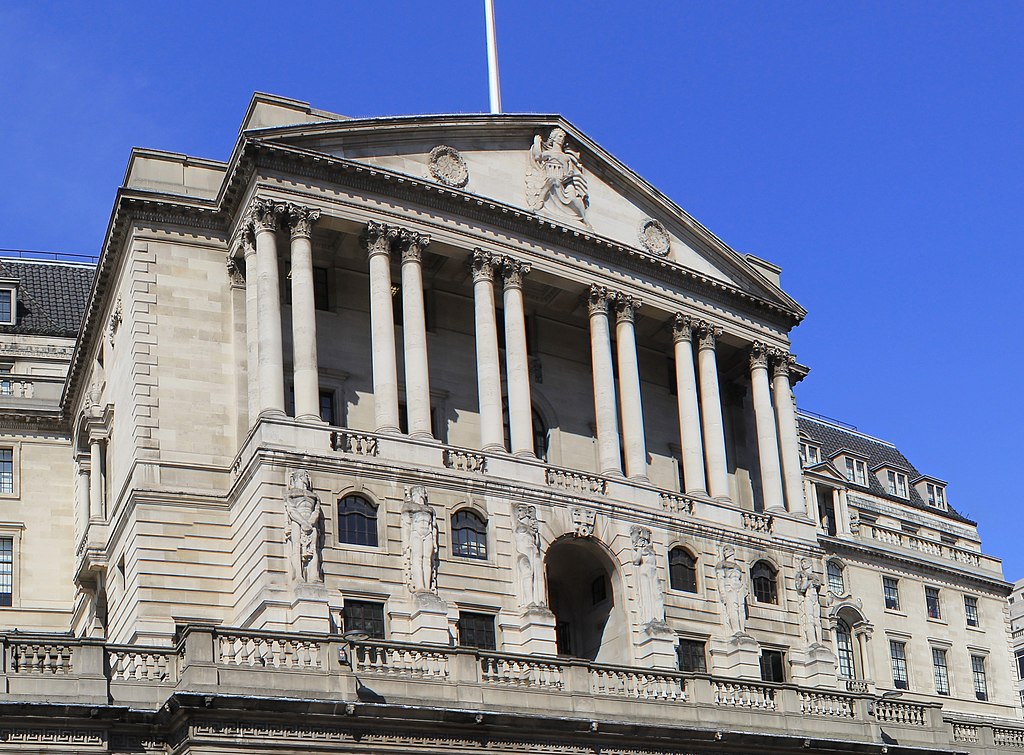With Britain appearing to have hit peak interest rates, homeowners and buyers may feel like celebrating, while savers will be shaking their heads.
The Bank of England’s decision to hold rates at 5.25% for a second time came after 14 increases. So what does this mean for consumers? Are we likely to see more affordable mortgage deals? And can we no longer expect bumper savings rates from the banks?
What just happened?
It was widely anticipated that rates would be left unchanged at 5.25% – their highest level for 15 years.
Over the past two years, mortgage borrowers have seen the cost of a home loan spiral. At the same time, savers finally started to enjoy some decent returns after years in the doldrums. A number of accounts are currently paying more than 6% interest, particularly some of those offered by the so-called challenger banks.
But the Bank of England was keen to point out that dropping rates was not on the agenda yet. Governor Andrew Bailey said last week: “It’s much too early to be thinking about rate cuts.”
Damien Fahy, at website Money to the Masses, says that if we are at peak rates, what is important now is how long we stay there. “The worry is that most consumers seem to believe that rate cuts will be around the corner, but they are probably getting ahead of themselves,” he says.
Contact us today to speak with a specialist Commercial Finance Broker to discuss how we can assist you.
Are there any good savings rates?
After the highs of the summer, there has been a definite slowdown, with only a handful of providers offering fixed-rate savings bonds paying more than 6%.
But this does not mean there are no opportunities, says Sarah Coles at investment platform Hargreaves Lansdown. “We may well have passed the peak, with some of the best fixed rates gradually disappearing. However, there are still decent rates around that we’d have given our left arm for a year ago.
“So if you have savings you won’t need for the next year or so, it’s still worth taking advantage while you can,” she adds.
Fahy says people should move now to secure the best rates, as banks will not hesitate to pass on any decreases (even though many did dawdle when it came to passing on increases).
However Rachel Springall, at financial information site Moneyfacts, says challenger banks may continue to offer good deals as they aim for funding targets and not alignment with the Bank of England.
When comparing rates, considering the more unfamiliar brands is always wise, assuming they have the same deposit protections as a big high street bank, she adds.
Savers looking for a good deal may find some value in notice accounts – once they can plan how they may want to withdraw their money – which limit the number of withdrawals a year. For example, Monument Bank has increased the rate on its 35-day notice account to 5.22%.
But consumers must be able to move quickly. “Whichever deal is appropriate, they must be clear on the rules and eligibility an account sets from the outset, and need to be quick to apply for a deal when monitoring the best rates,” says Springall.
What about mortgage rates?
The cost of new fixed rates – the vast majority of UK mortgage borrowers are on this type of deal – has been falling for some time. Figures from property website Rightmove on Thursday showed the average new five-year fixed-rate deal was 5.36%, down from 5.97% a year ago. The average two-year fix is 5.81%, down from 6.22% a year ago.
David Hollingworth, of broker firm L&C Mortgages, says borrowers can now look forward with a little more confidence, but adds that we will not see a return to the rock-bottom deals of the recent past.
“Remortgage borrowers shouldn’t fall into the trap of holding off from shopping around in the hope of dramatic cuts to rates, especially as the gap between standard variable rates [SVRs] and the best rates has only widened,” he says. “Getting a rate in place well before the end of your current deal still leaves flexibility to review it if they continue their downward trajectory.
“In the meantime, having a rate ready for a smooth switch will avoid being hit by a high SVR, which could prove costly, even for a short period.”
Fahy says borrowers should be aware of lenders trying to attract them with low interest rates but “eye-wateringly high” product/lender fees. “Consider the full cost of a mortgage and, if rates remain high for an extended time, we might see more of these types of deals.”
Read about the UK Housing Market via our Specialist Residential & Buy to Let Division
And pensions?
If there is an end to volatility as a result of the decision to keep interest rates on hold, pensions – which rely on market stability – could benefit, according to Becky O’Connor of PensionBee, a company that helps people combine old pension plans into one new plan.
“For those approaching, or in retirement, who have found managing their retirement and withdrawal plans stressful because of market ups and downs, this potential change in monetary policy direction might offer some respite,” she says.
“For those with money tied up in savings, it will be important to keep chasing decent rates, as high-paying accounts may not hang around for long.”
However, the good returns offered by annuities, which typically pay out a set income for life to a pensioner, may be limited.
For years, rates on annuities had been derisory, leading them to be dismissed as an option for many approaching, or in, retirement. But with higher rates came better offers.
Chris Flower, at wealth management company Quilter, says: “For retirees looking to purchase an annuity, as interest rates level off, this may mean the level of income they can secure levels off, too.”
By Shane Hickey
Source: The Guardian

